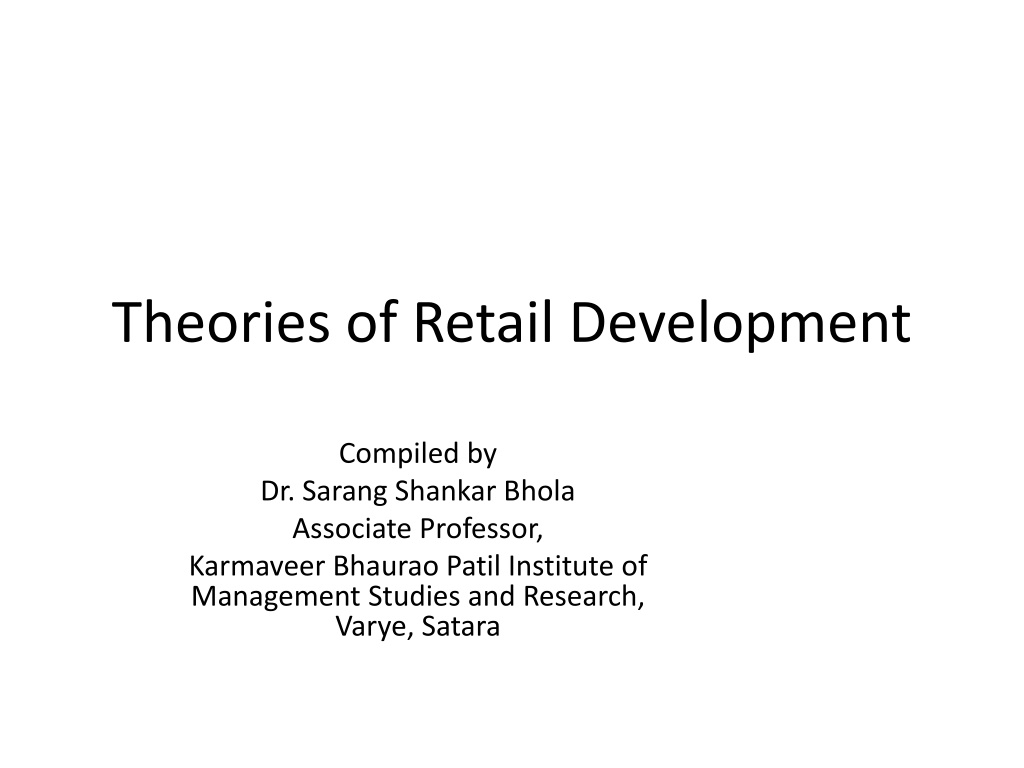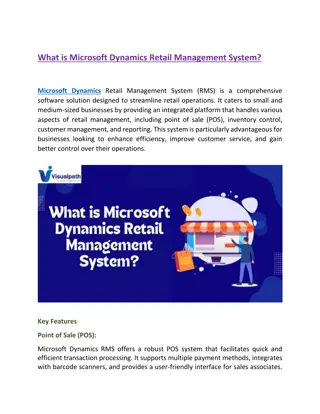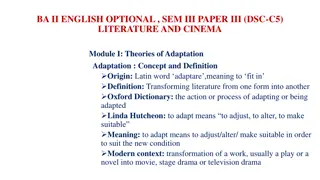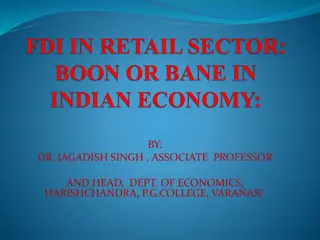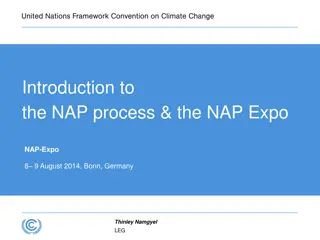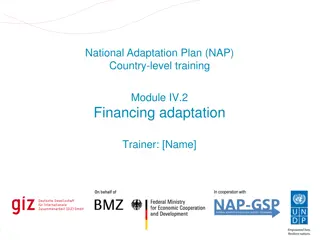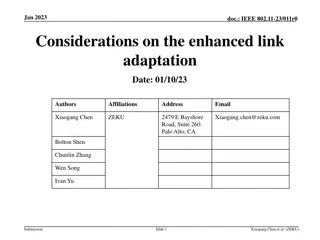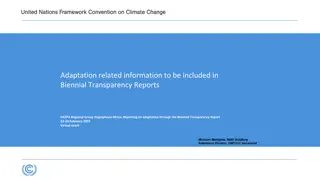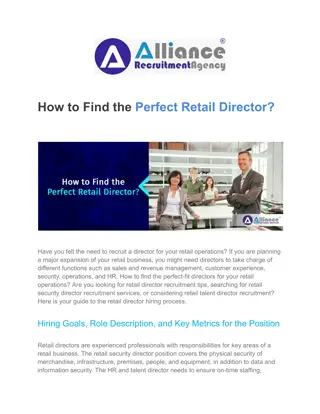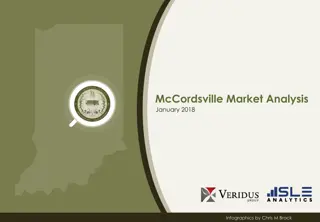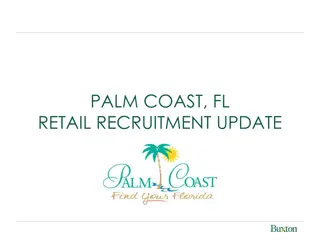Theories of Retail Development and Environmental Adaptation
The theories of retail development explore different frameworks such as Environmental, Cyclical, and Conflictual theories to understand how retail evolves and adapts to changing environments. The Environment Theory emphasizes the importance of adapting to survive in a competitive market, while the Cyclical Theory outlines the phases of retail evolution, including the Wheel of Retailing concept. It highlights how retail changes based on price and service cycles, leading to opportunities for new entrants and growth for adaptable retailers.
Download Presentation

Please find below an Image/Link to download the presentation.
The content on the website is provided AS IS for your information and personal use only. It may not be sold, licensed, or shared on other websites without obtaining consent from the author. Download presentation by click this link. If you encounter any issues during the download, it is possible that the publisher has removed the file from their server.
E N D
Presentation Transcript
Theories of Retail Development Compiled by Dr. Sarang Shankar Bhola Associate Professor, Karmaveer Bhaurao Patil Institute of Management Studies and Research, Varye, Satara
Theories of Retailing - Classification Environmental Theory where a change in retail is attributed to the environment in which the retailer operate. Cyclical Theory where change follows a pattern and phases can have definite identifiable attributes associated with them. Conflictual Theory the competition or conflict between two opposite types of retailers results in a new format being developed.
Environment Theory Survival to the fittest - Darvin Retailers confront an environment which is made up of customers, competitors and changing technology. This environment can alter the profitability of a single retail store as well as of clusters and centers. The environment that a retailer competes in its sufficiently robust to squash any retail form that does not adjust. The birth, success or decline of different forms of retail enterprises is many a times attributed to the business environment. Retail institutions which are keenly aware of their operating environment and which react without delay, gain from the changes. The ability to adapt to changes, successfully, is at the core of this theory. Those retailers that successfully adapt according to the technological, economic and legal changes are the ones that are most likely to grow and prosper.
Cyclical Theory Wheel of Retailing -- M. C. Nair 1931, 1958. Accordian Theory -- Hollander
Wheel of Retailing Retail changes is based on price, service cycle. 1. When retailer enter a market they compete by offering goods at the lowest possible price - with a low cost structure and low profit margin requirements, offering some real advantages, such as specific merchandise which enables them to take customers away for more established competitors. 2. As they prosper they develop their business offering a wider range or acquiring more expensive facilities, but this can mean that they lose the focus that was so important when they entered the market. this in turn leaves room for others to enter and repeat the process. 3. They then become vulnerable to new discounters and lower cost structures that take their place along the wheel. Scrambled merchandising occurs as the retailer adds goods and services that are unrelated to each other and the firm's original business, to increase the overall sales and profit margins. This is termed as the wheel of retailing.
Accordian Theory Accordion effect describes how general stores moved to specialized stores, but then merchandise again, as new classes of products where added. The player either have open accordions representing general retailers with broad product ranges or close accordions , thus indicating a narrowing of the range focusing on specific merchandise. He suggested that at any point in time, one type of retailer would outnumber the other ,but that the situation would continually change through the arrival and departure of different stores. widened their range of
Narrow Variety (few merchandise categories) and deep assortment Broad Variety (many merchandise categories) and shallow assortment General Store Specially Store Departmental Store Specially Department Store Discount Store Category Killers Supercentre Explain retail change based on cyclical fluctuations in variety and assortment.
Theory of Retail Conflict Conflicts will always exist between operators of similar formats or within broad retail categories. It is believed that retail innovation does not necessarily reduce the number of formats available to the consumer but leads to the development of more formats. It is blending of two opposites to create a new format. a. Thesis individual retailers exist as corner shops all across the country. b. Antithesis a position opposed to the thesis developed over a period of time. These are the department stores. The antithesis is a challenge to the thesis. c. Synthesis there is a blending of the thesis and the antithesis. The result is a position between the thesis and the antithesis. The synthesis becomes the thesis for the next round of evolution.
Thesis (Original Form) Speciality Store High margin Low turnover High prices Full service Narrow variety Deep assortment Synthesis (Newest combined form) Category Killer Modest margins Medium turnover Low prices Limited services Narrow variety Deep assortment Anti Thesis (New opposite form) Discount Store Low Margin High turnover Low Prices Self Service Broad variety Shallow assortment
Antithesis Thesis Discount Store Department Store Discount Department Store
